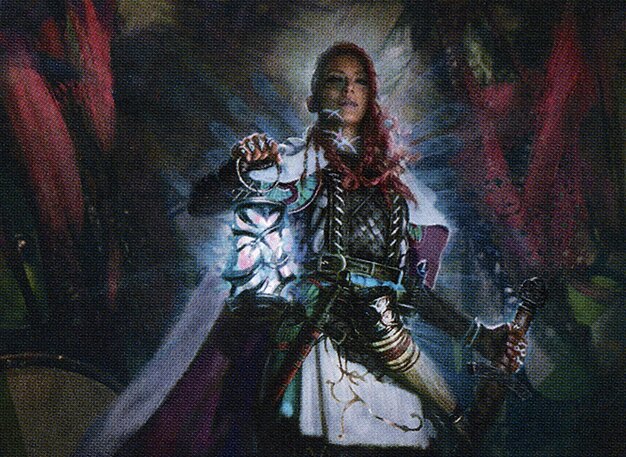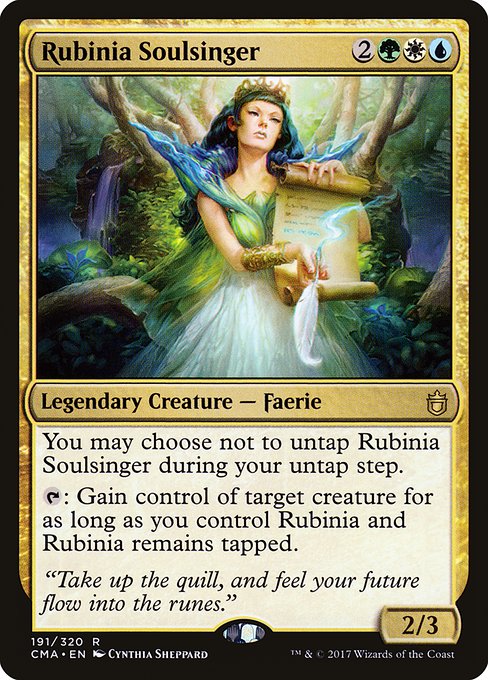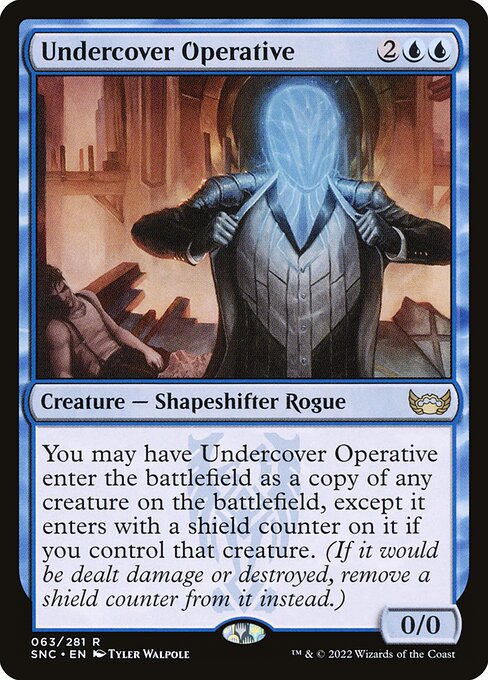Deck & Commander Strategies

Tergrid, God of Fright
Leverages enchantments to force opponents to sacrifice permanents or discard cards whenever they receive an enchantment, aiming to drain resources and control the board through attrition.

Jin-Gitaxias, Progress Tyrant
Restricts opponents from casting noncreature spells and generates card advantage by drawing cards, focusing on locking down the game and outvaluing opponents with control elements.

Gyruda, Doom of Depths
Uses milling to fill graveyards and cloning effects to create additional threats, aiming to overwhelm opponents with repeated value and synergistic graveyard interactions.

Rubinia Soulsinger
Steals opponents' creatures and uses tutoring effects to find key cards, disrupting opponents' boards and building a versatile board presence through creature theft.
Gameplay Insights
- 1
Deploying multiple Tergrids simultaneously created a complex and punishing environment where every enchantment caused widespread discard and sacrifice, forcing players to adapt their resource management.
- 2
Cloning Tergrid copies via effects like Undercover Operative amplified the disruptive potential of Tergrid, resulting in a board state where players had to carefully consider timing and sequencing of enchantments and attacks.
- 3
Jin-Gitaxias’ ability to shut down noncreature spell casting put significant pressure on opponents, forcing them to rely more on creatures and permanents rather than spells to advance their game plan.
- 4
Gyruda’s milling and cloning strategy synergized well with the overall disruption on the board, allowing repeated exploitation of graveyard resources and making it difficult for opponents to stabilize.
- 5
Rubinia’s creature theft added another layer of disruption, directly undermining opponents’ board presence and enabling flexible responses to threats.
- 6
Players utilized tactical discards and connive mechanics to manipulate hand sizes and maintain tempo despite the harsh resource pressure from Tergrid’s enchantment triggers.
Notable Cards
-

Tergrid, God of Fright // Tergrid's Lantern
-

Jin-Gitaxias, Progress Tyrant
-

Gyruda, Doom of Depths
-

Rubinia Soulsinger
-

Undercover Operative
-

Talisman of Dominance
Gameplay Summary
The game started with all players eager to engage in a highly interactive and salty match, featuring four powerful and disruptive commanders.
Early turns saw players setting up mana bases and ramping with artifacts and lands.
Tergrid, God of Fright quickly became the centerpiece as multiple copies appeared on the battlefield through cloning effects, leading to chaotic board states where players struggled to maintain resources and control.
The presence of multiple Tergrids caused frequent discard and sacrifice triggers, disrupting hands and board development.
Jin-Gitaxias, Progress Tyrant applied pressure by limiting opponents' ability to cast noncreature spells, while Gyruda, Doom of Depths focused on milling and cloning to generate value through graveyard interactions.
Rubinia Soulsinger aimed to steal creatures and tutor for key cards, adding additional layers of complexity and threat.
The board state rapidly escalated with threats and counters, leading to tactical swings involving discard, cloning, and targeted attacks.
The game's tension revolved around managing the widespread disruption caused by Tergrid and the constant threat of milling and cloning from Gyruda, with Jin-Gitaxias and Rubinia applying control elements to stymie opponents' plans.
The game showcased high levels of interaction, with players carefully timing plays to minimize the impact of Tergrid's effects and maximize their own synergies.
































![Commander VS S13E4: Selvala vs Rubinia vs Ravos vs Adeliz [EDH] thumbnail](https://i.ytimg.com/vi/hMy8HpS8usI/sddefault.jpg)














